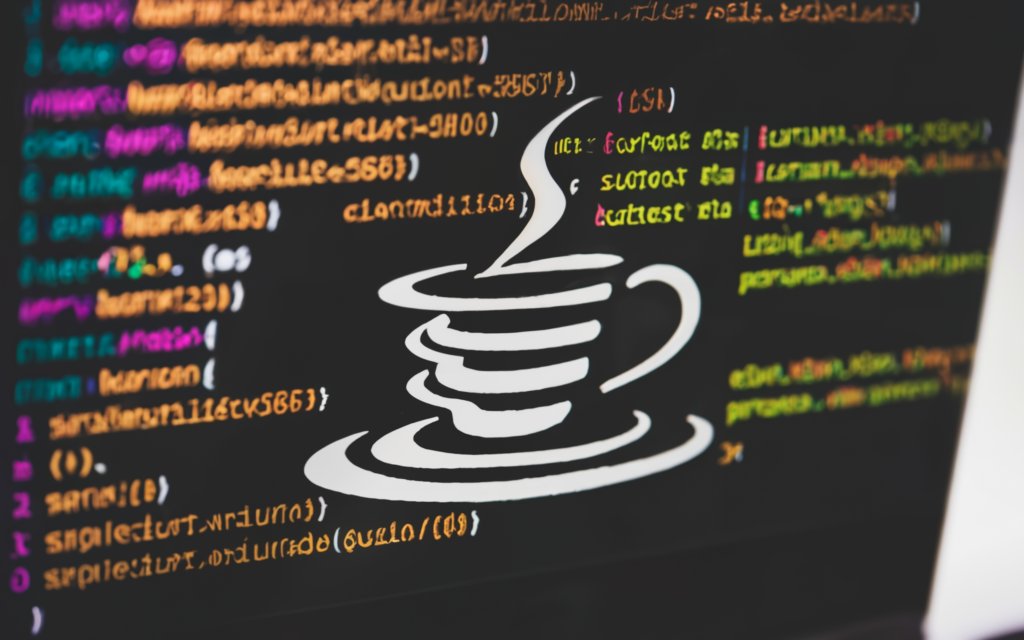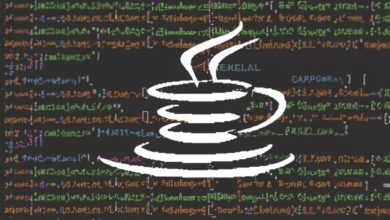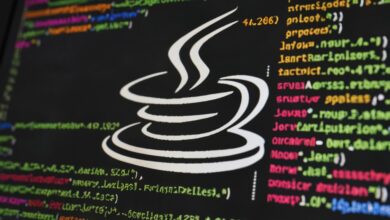
Factorial Program In Java
The humble factorial, while seemingly simple in concept, can present fascinating challenges in the world of programming. In Java, calculating and understanding factorials opens doors to exploring intricate loops, data types, and efficient algorithms. This article delves into the world of factorial programs in Java, unveiling their core functionality, practical implementations, and advanced techniques to take your numerical adventures to new heights.
1. Understanding Factorials: Multiplying Magnitude
A factorial (denoted by “n!”) is the product of all positive integers less than or equal to a given number (n). For example, 5! (5 factorial) is 5 x 4 x 3 x 2 x 1, which equals 120. As numbers increase, factorials grow rapidly, showcasing the power of iterative multiplication.
2. Basic Implementation: Stepping Up the Loop
Calculating factorials in Java utilizes loops to perform sequential multiplication. Here’s the basic approach:
Java
public class Factorial {
public static long factorial(int n) {
long result = 1;
for (int i = 1; i <= n; i++) {
result *= i; // Multiply by each increasing factor
}
return result;
}
public static void main(String[] args) {
int number = 5;
long factorialValue = factorial(number);
System.out.println(number + "! = " + factorialValue); // Prints 5! = 120
}
}
This code uses a for loop that iterates from 1 to the given number (n). Each iteration multiplies the current result by the current loop counter (i), accumulating the product of all factors. The final result holds the calculated factorial value.
3. Data Type Considerations: Keeping Your Numbers in Check
While this basic implementation works, it faces limitations. For factorials of larger numbers, the long data type (64 bits) might overflow, resulting in incorrect values. To handle larger factorials, consider using:
- BigInteger: This class in Java’s
java.mathpackage can handle arbitrarily large integers, overcoming limitations of primitive data types.
Java
public static BigInteger factorial(int n) {
BigInteger result = BigInteger.ONE;
for (int i = 1; i <= n; i++) {
result = result.multiply(BigInteger.valueOf(i)); // Use multiply() for BigInteger
}
return result;
}
- Recursive Approach: Factorials can also be calculated using recursion, where a function calls itself with progressively smaller values of n until it reaches the base case (n = 1).
Java
public static BigInteger factorial(int n) {
if (n == 0) {
return BigInteger.ONE;
} else {
return BigInteger.valueOf(n).multiply(factorial(n - 1));
}
}
These options provide flexibility in handling large factorials, ensuring accurate calculations for a wider range of input values.
4. Optimizations and Techniques: Climbing the Efficient Ladder
Beyond basic implementations, consider these techniques for optimal factorial calculations:
- Memoization: Store previously calculated factorial values in a cache to avoid redundant calculations for repeated inputs.
- Tail Call Optimization: Utilize compiler optimizations to convert the recursive approach into a loop for improved performance.
- Stirling’s Approximation: For very large numbers, approximation formulas like Stirling’s approximation can provide estimates of factorials without performing the full multiplication.
These techniques cater to situations where performance and efficiency are crucial, especially when dealing with extremely large factorials.
5. Applications and Beyond: Factorials in Action
Factorials find applications in various fields, including:
- Probability and Statistics: Factorials play a crucial role in calculating combinations, permutations, and probability distributions.
- Recursion and Algorithms: Factorial calculations involve recursion, a fundamental concept in algorithm design and problem-solving.
- Cryptography and Number Theory: Factorials and their properties are used in some cryptographic algorithms and number theory explorations.
Understanding and implementing factorial programs in Java opens doors to exploring these diverse applications and expanding your programming skillset.
6. Conclusion: Conquering the Factorial Challenge
Factorial programs, though seemingly simple tasks, offer valuable lessons in loop structures, data types, and advanced programming techniques. By exploring different implementations, optimizations, and applications, you can unlock the hidden potential of factorials and embark on exciting journeys in the world of Java programming. Remember, the challenges of calculating and comprehending large numbers can empower you to write efficient, versatile code and master intricate concepts with confidence.
So, take the first step: write your own factorial program, experiment with different approaches, and explore the fascinating world of numbers in Java. Remember, the journey towards mastering programming is filled with continuous learning and exploration, and conquering the factorial challenge is just one step on that exciting path.
Keep coding, keep learning, and keep pushing the boundaries of your programming skills. As you delve deeper into the world of Java, you’ll discover that the seemingly simple concept of factorials opens doors to a universe of possibilities, limited only by your imagination and dedication.




